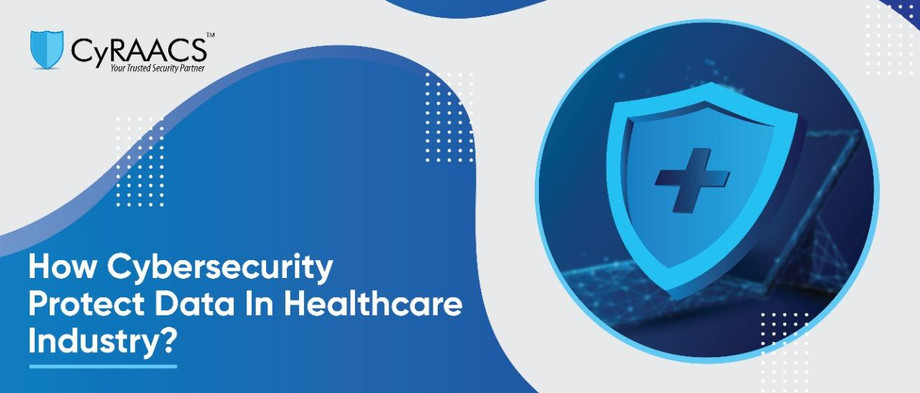Cybersecurity in healthcare is a unique challenge. With cybersecurity, you can block and issue different new banking cards. But if information about laboratory tests or diseases is leaked, it’s not possible to cancel them.
The healthcare industry has been changing rapidly through the application of new technologies. With a greater pace, global pandemics have put pressure on many countries and entire regions of the world to adopt better measures, as well as change their strategies when it comes to things like data privacy and analytics.
An extremely sensitive ePHI (electronic protected health information) is at risk. It is handled by almost every clinic and hospital in various digital systems. Providers such as physicians and pharmacists use EHRs (electronic health records) and other software working with medical information. And this data is a very tempting target for hackers.
In recent months we've seen more attacks being carried out on medical infrastructure, and in turn, this has had a dramatic impact on the amount of damage caused by ransomware.
Types of cybersecurity threats in the healthcare industry:
Phishing: Phishing emails, social media or text messages distributed to network computers often contain links or attachments that contain malware that can infect the system.
Man-in-the-middle(MITM)attacks: Cybercriminals will inject themselves into the back and forth of digital conversations in order to gain access to highly confidential user data.
Attacks on network vulnerabilities: As it turns out, cybercrimes can target wired and wireless networks, which provide access to patient information. Examples of these kinds of cybercrimes are addressing resolution protocol cache poisoning (ARP), HTTPS spoofing, and others such as man in the middle (MITM). We battle back against these kinds of onslaughts with our wired and wireless network defense systems.
Ransomware: Criminals not only encrypt data and extort money for decryption but also block access to the entire clinical system, inhibiting equipment used in life-saving operations.
Healthcare what Can Do for Prevention from Cyber Threat:
Here are some safety measures that may be taken in the medical sphere such as the following to try and secure ePHI by protecting devices, digital systems, networks, data, and software from attacks:
- The lack of cyber security skills poses major threats to healthcare. Therefore, a regular and professional cybersecurity training program is essential.
- Healthcare organizations should control and monitor malicious file activity. They can control this by implementing systems that block access to unauthorized actions with data, prevent dissemination of unauthorized emails, restrict the copying of files to external sources, etc.
- Doctors and administrative personnel use mobile devices and apps to manage phone and IoT devices, which are monitoring their patients remotely. To protect these services from security threats, healthcare organizations should create a separate network for IoT devices & isolate them using a multi-layered approach of data encryption & digital identification that would lead to remote locking in case of theft or loss.
A proactive approach to ensuring privacy and information protection for your website is expressed in creating an incident response plan, which highlights clear roles and responsibilities, regular risk assessments, and the implementation of cybersecurity frameworks.
HIPAA and similar regulations help healthcare organizations reduce cybersecurity risks. Healthcare must comply with HIPPA (Health Insurance Portability and Accountability Act.) which helps them detect, respond, identify and prevent threats and protect their important data.
Source: https://cyraacs.blogspot.com/2022/07/how-cybersecurity-protect-data-in.html

